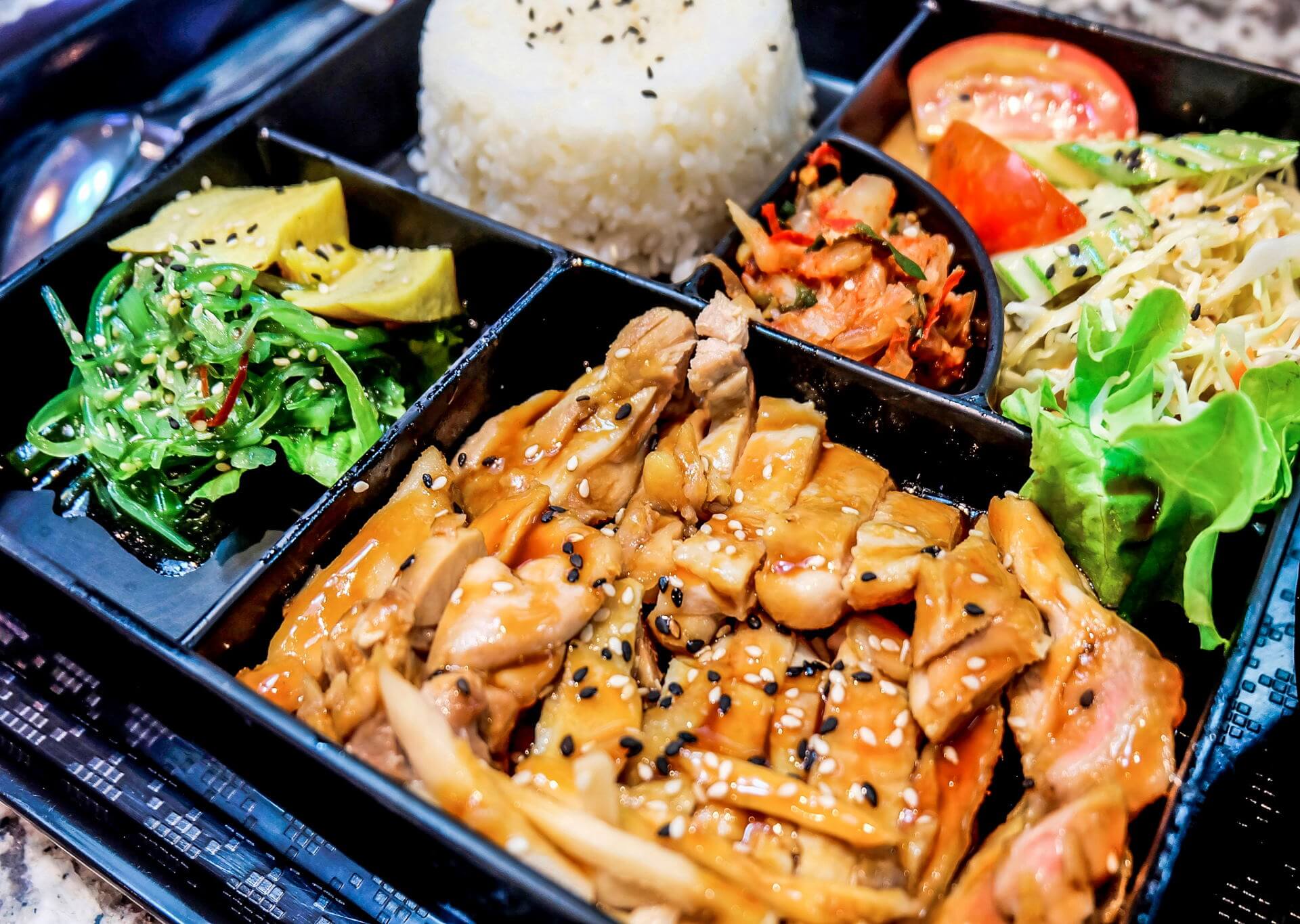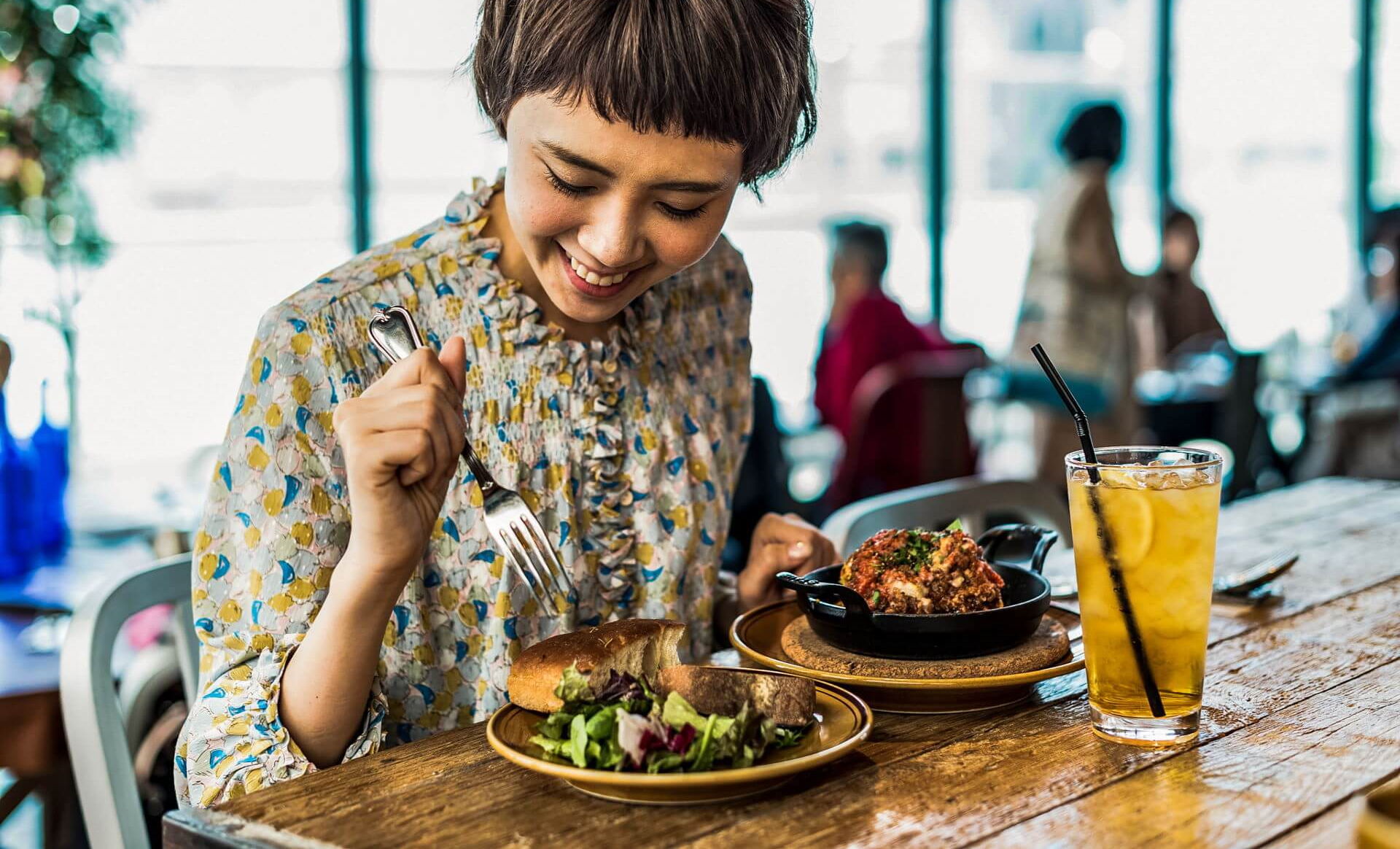And it’s not a moment too soon for those businesses forced to close their doors during lockdown. The foodservice industry previously accounted for an estimated $3.4 trillion revenue and 10.8 million jobs around the world, vast swathes of which have been lost in the first half of the year.
Of course, reopening will look different from one country and county to the next, with varying government guidelines such as restricted seating and reduced hours. We take a look at just some of the areas operators should consider when planning their big come back.
The cost of operation
Over the last few months, many restaurants have moved to delivery and pick-up in order to retain customers and stay afloat. This has proved popular among customers, and it’s likely that a large percentage will continue with take-away even when dining in becomes a more viable option. So one of the first things you’ll want to consider is the feasibility of reopening for diners, from how many staff you’ll need to run each shift and how many guests you’ll be able to accommodate, to the perceived consumer confidence in your area and if you want to use a booking system.
“Restaurants need to do a new business plan and projection to determine if and when they should reopen,” says foodservice consultant Arlene Spiegel FCSI, president of Arlene Spiegel and Associates in New York City, US.
“They need to consider cash on hand; deferred occupancy costs; new labor model; supply chain for products; and the local laws.”
While there is no one way to protect your business financially, Spiegel recommends that restaurants should negotiate the best terms they can with landlords, suppliers, and to defer payments where possible. They should also take advantage of any government schemes available, including those to keep key staff on the payroll. “Restaurants will need these employees for a successful re-opening to lead the rest of the team upon return,” she explains.

Image: adobestock.com, tanatat
Hygiene protocols
If you do decide there’s enough of a business case to reopen your doors, you’ll need to find out exactly what social distancing and hygiene measures need to be put in place to remain compliant with local guidance. This may mandate how regularly surfaces and equipment need to be cleaned, what personal protective equipment (PPE) needs to be worn by which members of staff and how many diners you can seat at any given time.
“Businesses must adhere to hygiene, cleaning and disinfection requirements as set out by government,” says Spiegel, who also recommends that restaurants declutter and let customers see them constantly cleaning. As well as keeping both staff and diners safe, this will increase consumer confidence and the likelihood of return custom.
Most foodservice establishments are also required to take contact details for each table, to ensure appropriate track and trace if there is a confirmed case. Working out your procedures and communicating these effectively with staff before opening is vital to ensure everything runs as smoothly and safely as possible.
Image: shutterstock.com, Peacefully7
Refining your menu
Of utmost importance when reopening is that you get the food just right. In an environment where people have become more wary of eating out, you want to make sure the experience is worth their while and what you’re serving up is truly delicious. This might mean that you slim your menu down, offering fewer items at a higher quality. It might mean you have different menus for eat-in and take-away, bearing in mind how easily each meal travels. It might even mean you try something new, especially if your usual supply chains have been disrupted and you have to source new produce.
For restaurateur and consultant Steve Sidd FCSI of Catering HQ, based in Sydney, Australia, this meant going back over the past few years and pulling out the most popular menu items. “The menu we chose to reopen with was the favorites menu. It was comfort food that people were looking forward to coming and eating with us again,” he says.
“It’s wasn’t about the intricate or the modern, it was what people had been craving and missing out on. So go back to basics and go back to what people really want. It’s not about being too innovative, it’s about creating a menu that people are comfortable with.”
He also explains that a shorter menu allows for better management of your resources, especially if you’re running on a smaller staff than before. “Restaurants have to be very mindful not to get too excited too quickly, because if you find yourself in a position where you’ve got to cut back your labor, you need to have that shorter menu. Labor, wastage, opening stock – from a cost perspective, you’re better off being cautious about it.”

Image: adobestock.com, arayabandit
Marketing and communications
It may be the last thing on your list, but communicating well to your customers is going to be half the battle in getting them back through your doors. They’ll want to know when you’re open, what you’re serving and how you’re going about making it a safe experience for them.
Whether it’s paid advertisements, top-notch social media content or a responsive website, you need to make sure you’re successfully reaching and interacting with your audience and potential customers.
“Executed properly, digital marketing more than pays for itself with the assurance that every dollar spent is generating an incremental dollar amount of revenue, imperative in the current business climate,” explains Kevin Howe, founder of digital marketing agency Three29.
When it comes to what content to share, make sure you include photos not just of your food but of your hygiene routine. That’s right – customers want to be reassured that it’s safe to dine out with you, and seeing what you’ve got in place to protect them will help do just that.
“We’re showing staff wearing their PPE and sanitizing tables, as well as providing them with our Covid-policy to give them that sense that our venues are safe,” says Sidd. “We’re also showing them our indoor and outdoor dining spaces, so photos that show them that we’re working with a large space where social distancing and keeping 1.5 meters is easy no issue for us and there are plenty of areas for people to dine.”
Ask for help
Reopening will present a mix of challenges to restaurants of all shapes and sizes. But you’re not alone. There may be other businesses in your locality that you can partner with, co-ops and associations that can support you, as well as financial support from government. Where you’re lacking expertise, it may be worth inviting in a third party to help.
“In an effort to save money, many restaurateurs try to manage digital marketing in-house, a cost-cutting measure that can backfire,” explains Howe. “In a strong economy there’s so much business to go around that shoddy or inconsistent digital marketing practices often go unpunished. But not so in a down market when you have to make sure every marketing dollar work.”
For more industry specific advice, foodservice consultants have a wealth of knowledge they can use to help you navigate the current situation and plan for the future.
“Consultants can provide much needed ‘thought partnering’ for restaurants during this stressful time,” explains Spiegel.
“They know their clients specific operation and the local opportunities available for sales and cash flow. Some restaurants that were closed to the public were able to get contracts with government and non-government agencies to make meals for hospital workers and other schools. Consultants provide constant information about Covid-19 facility requirements; seating and serving protocols; and strategies for re-opening safely.”

















Pingback: Service robots – the future of gastronomy? | KTCHNrebel